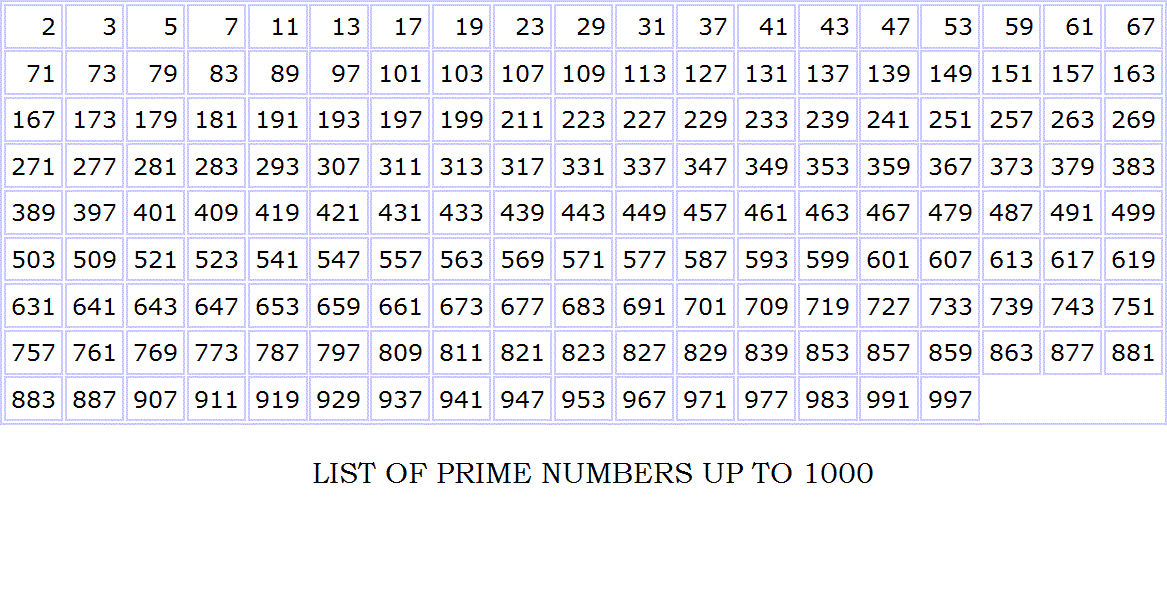
Since we know that i + j + 2ij = n, this can easily be calculated as u = (n-i)/(1+2*i) J) The inner loop index j should start from i and run up to the point it can go with the current i value.

We can easily solve the positive value for i by using the quadratic formula and that is the line with t = (Math.sqrt(4+8*n)-2)/4, I) So we have to find the the max value i and j can take when they are equal. As we need i and j values to calculate the numbers to cross out, i + j + 2ij up to n let's see how we can approach. Sieve of Sundaram is only fast if the loop indices start and end limits are correctly selected such that there shall be no (or minimal) redundant (multiple) elimination of the non-primes. It's proof is beautifully explained here.


The final stage is in fact the auto discounting of the even numbers. Once we cross out every i + j + 2ij, the remaining numbers are doubled and oddified (2n+1) to reveal a list of prime numbers. To select which integers to cross out the rule is i + j + 2ij ≤ n where i and j are two indices and n is the number of the total elements. Just like the Sieve of Erasthotenes, the Sieve of Sundaram algorithm also crosses out some selected integers from the list. The fundamental theorem of arithmetic says that any number can be expressed by a unique product of prime numbers.For(var j = i j <= u j++) a = true įor(var i = 0 i<= n i++) !a & r.push(i*2+1)


 0 kommentar(er)
0 kommentar(er)
